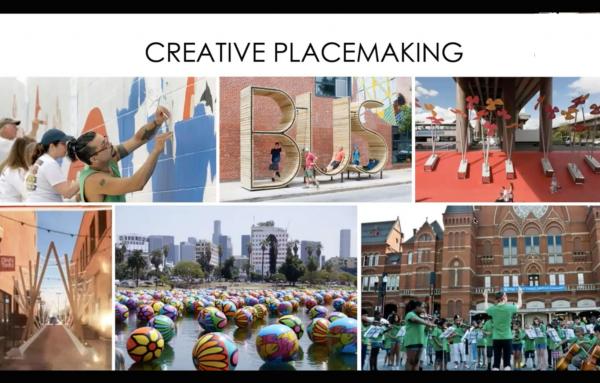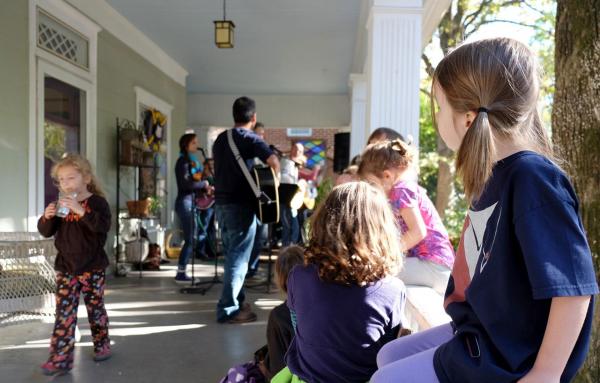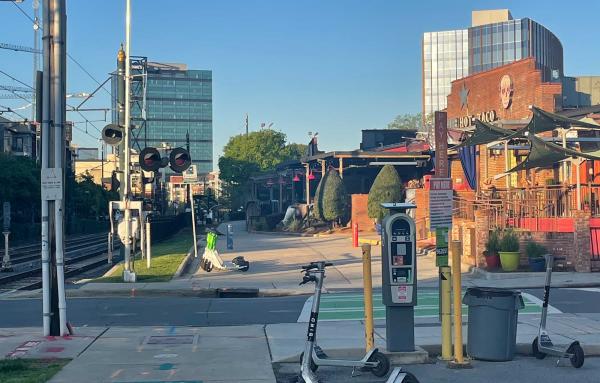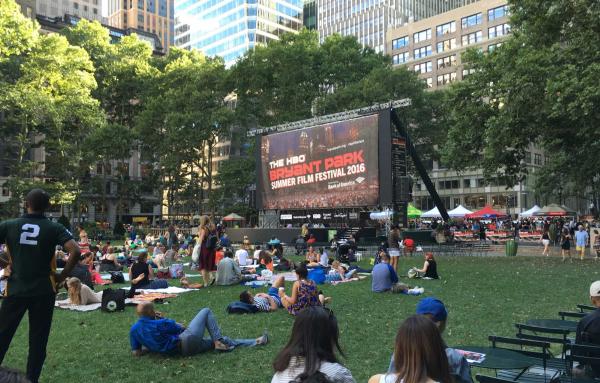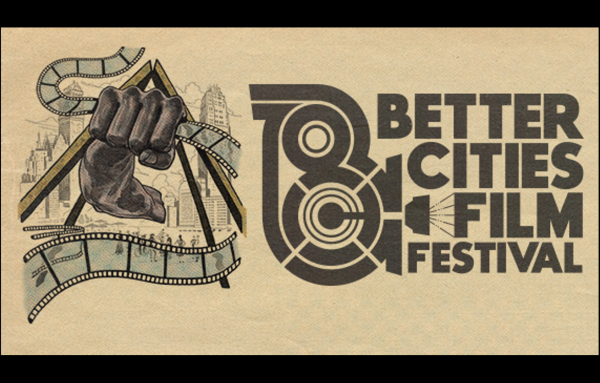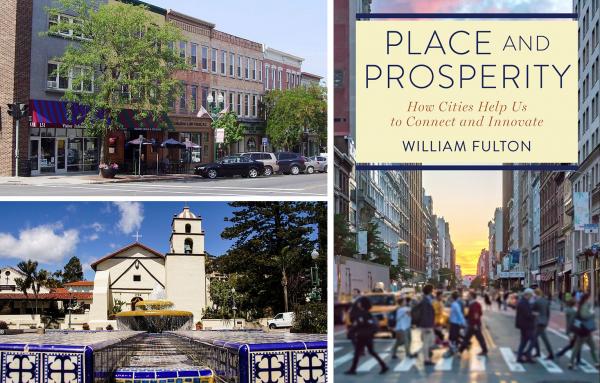City life
Art focused on people in a community can provide a bridge between them and the built environment, activating public space.
Porches and sidewalks are often ignored or dismissed, but they have important roles in building community.
The show covers urbanism trends like why America is experiencing a dramatic rise in pedestrian deaths, while Europe is not.
How places from Seligman, Arizona, to Buffalo, New York, have become aware of their history and charms—including planning and design—to turn urban failure into success.
When you go to Charlotte, North Carolina, you are likely to wind up in the South End, a funky mix of new buildings and converted warehouse and industrial sites a mile or two south of Uptown, the city’s central business district. The area is noted...
People don’t live by water pipes, sewers, street lights, and thoroughfares alone. Social infrastructure is what transforms cities from collections of buildings and roads to communities worth caring about.
Unique annual film festival spotlights the world’s most inspiring stories about making cities, towns and neighborhoods better places for everyone.
William Fulton combines the sharp eye of a journalist, the objective rigor of an academic, and the practical experience of a leader in a book of urban essays, Place and Prosperity: How Cities Help Us Connect and Innovate.
Dhiru A. Thadani has produced an illustrative book that is full of insights into the people, places, history, and urbanism of our nation’s capital.
Amid the recent oppressive heat wave, it may be hard to imagine when warmth feels good. But there comes a time when people put on hats and gloves and scarves and engage in outdoor activities to generate body heat, and the contrast with the cold is...
“Strong culture is as important as walkability, good street frontage, and all of the elements new urbanists always talk about.”
Main Streets, downtown cores, and neighborhood centers play a vital social role in American communities. The idea of Central Social Districts offers a way for cities to nurture this function to help urban centers thrive.
